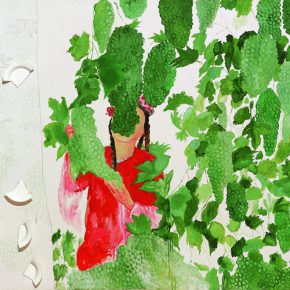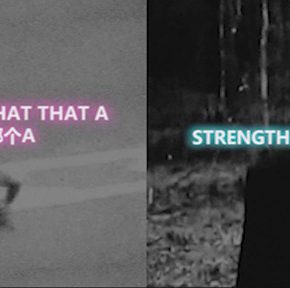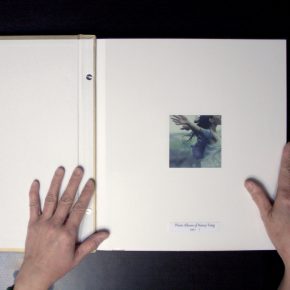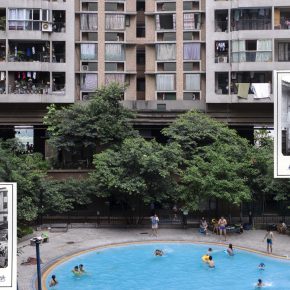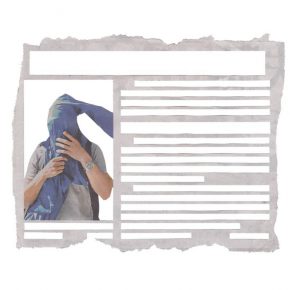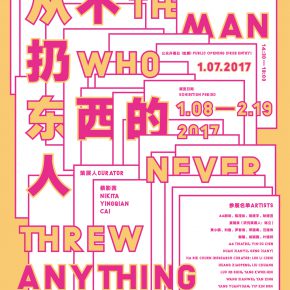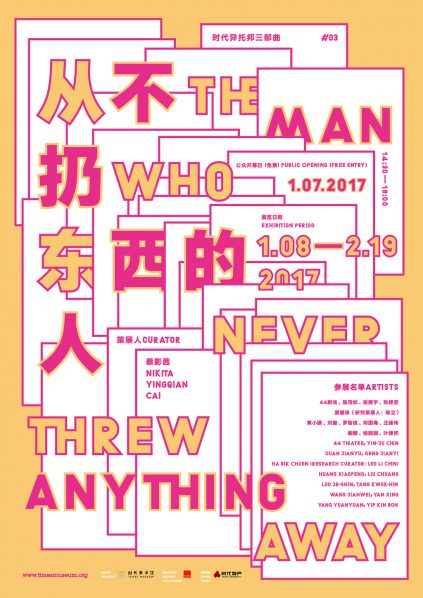
It is not a problem for internet surfers to trace a fact or an identity through the internet, though the challenge is more to establish a relationship between the multiple narratives or histories and the personal experience and perception. Image as pure existence has become the one and only immediacy in real time: there is an inexhaustible online archive on one hand; and on the other, non-stop streams of webcast and performances. This fever to keep and store every personal moment and memory presents an attack on the exclusive mode of archiving and interpreting, and the static and materialized forms of authority; the infinite visualization of information eclipse the origins of image and the legitimacy of the author.
For those artists who are motivated by the “archival impulse”, the creativity of working with archive lies in the suspended moment that the archive is removed from its original context, and yet to be rendered meaning. Artists do not only collect existing images, materials, information, documents, and footages produced by others, but also carry out processes of editing, reconfiguration, and even fictionalization. The archive—dead or alive—provides freedom for artists to move nomadically between text and image, between perceptual networks and systems of knowledge. Their passion for the archive has always contained a concern for affect, materiality, and form.
As a collector of the old world and an archivist of the new world, what does the temporal-spatial presence of a museum contribute to our cognitive process and probe for knowledge? Can artists and artworks offer answers about objects and images different from those that can be found through searching engines? The Man Who Never Threw Anything Away is the final episode in the “Times Heterotopia Trilogy”, a continuation of A Museum That Is Not (2011) and You Can Only Think About Something If You Think of Something Else (2014). In these self-referential projects, Times Museum explores the possible role that an art institution might play in contemporary society’s complex and diverse realities, histories, and futures.
About the exhibition
Dates: January 8 – February 19, 2017
Preview by RSVP: January 6, 2017. 4:00 – 5:30pm
Public Opening: January 7, 2017. 2:30 – 6:00pm (Free Entry)
Venue: Times Museum, Times Rose Garden III, Huang Bian Bei Road, Bai Yun Avenue North, Guangzhou.
Museum Hours: Tuesday to Sunday 10:00 – 18:00 (closed on Mondays and national holidays)
Guided Tours: 3:00-3:30pm, January 8 – February 19, 2017, Every Saturday and Sunday
Tel: + 8620 26272363
Participating Artists: 44 Theatre, Yin-Ju Chen, Duan Jianyu, Geng Jianyi, Ha Bik Chuen (Leo Chen as Research Curator ), Huang Xiaopeng, Liu Chuang, Luo Jr-Shin, Tang Kwok Hin, Wang Jianwei, Yan Xing, Yang Yuanyuan, Yip Kin Bon
Curated by: Nikita Yingqian Cai
Courtesy of the artists and Times Museum, for further information please visit www.timesmuseum.org.


